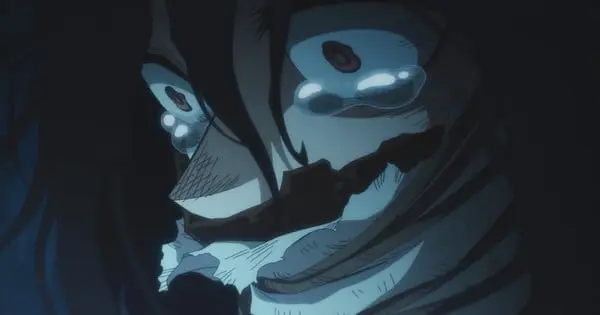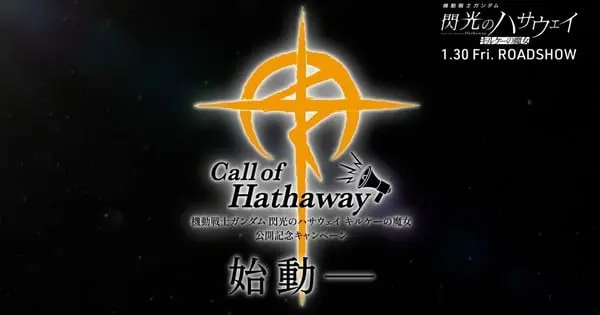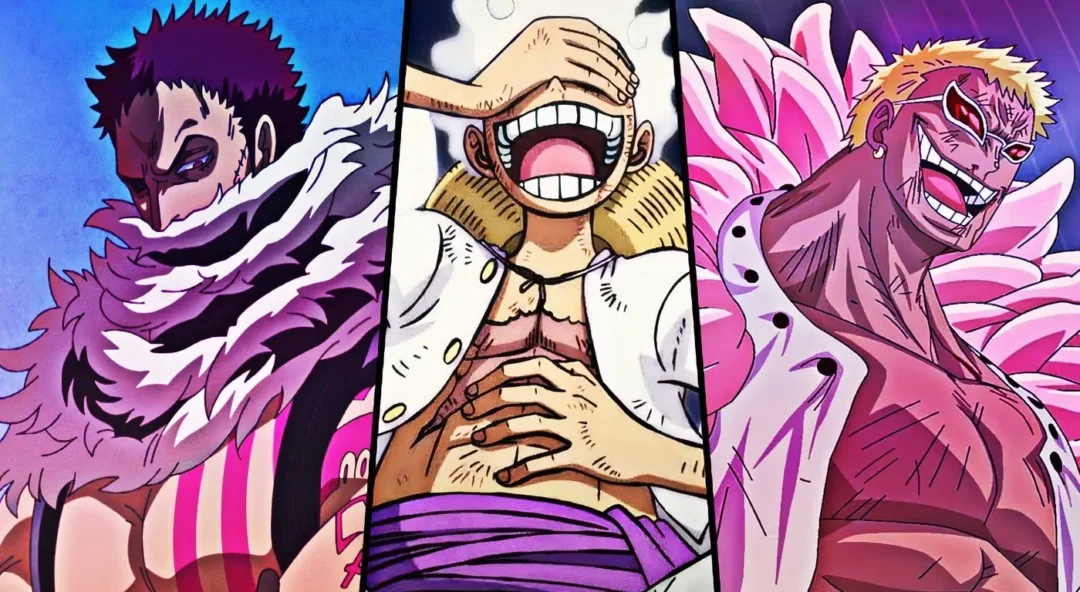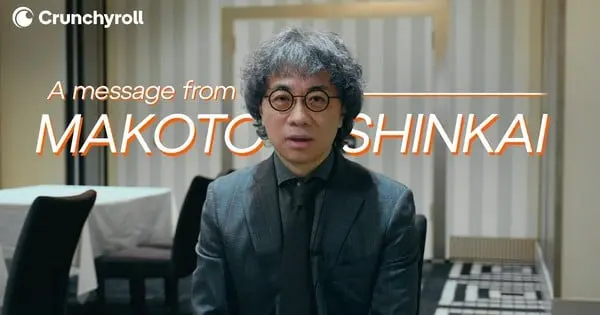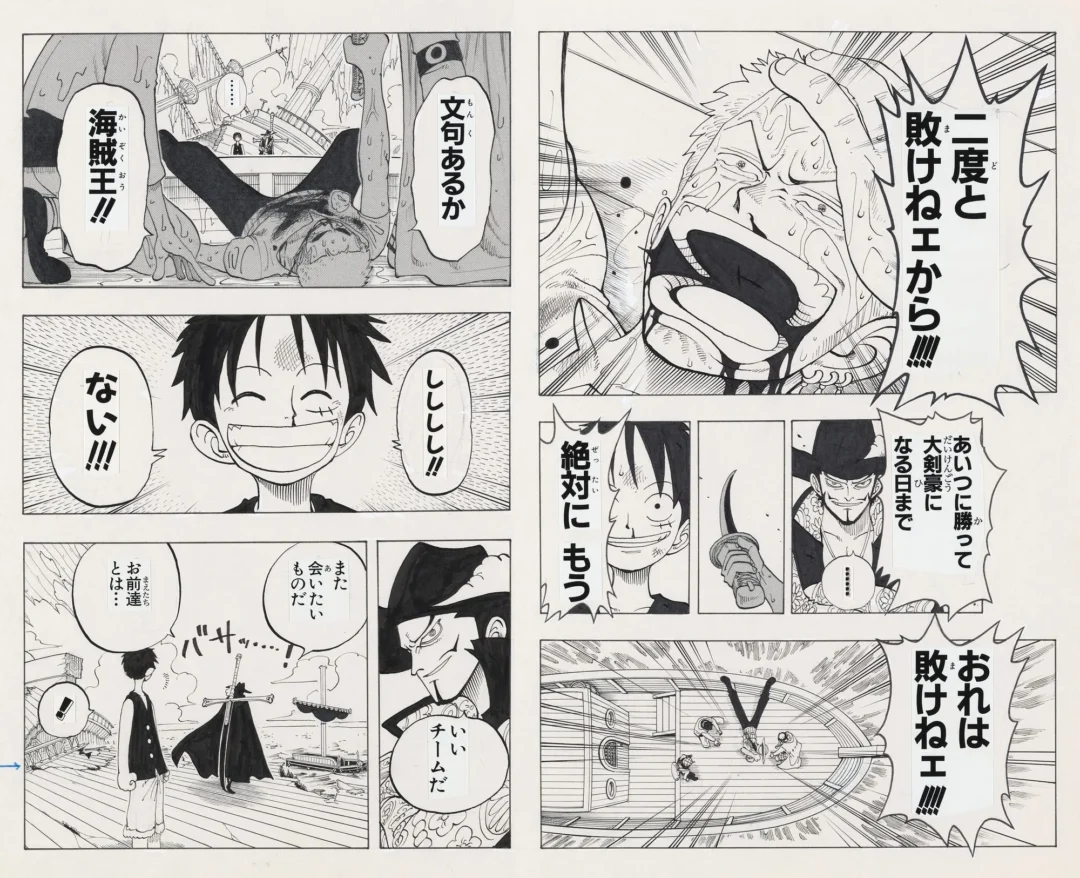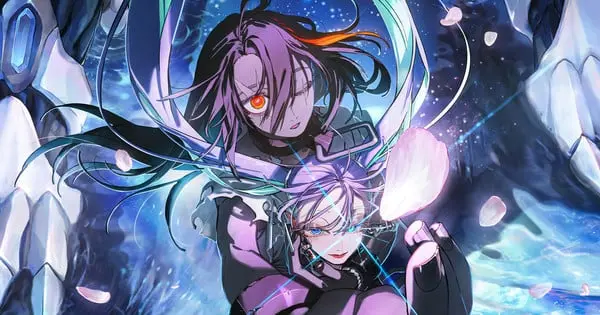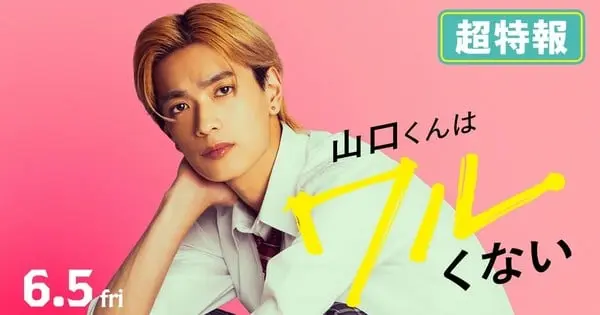The de Young Museum in San Francisco is preparing to host a landmark exhibition, “Art of Manga,” which will be the first major exploration of Japanese manga as both a visual and narrative art form in the United States. Opening on September 27, 2025, and running through January 25, 2026, the exhibit will showcase over 700 original works from some of the most influential manga artists of our time.
A Deep Dive into Manga’s Evolution
The exhibition will trace the evolution of manga, from its roots in 18th and 19th-century Japanese woodblock prints to the influence of Western comics. Visitors will see pieces from legendary figures such as Akatsuka Fujio, Araki Hirohiko, and Oda Eiichiro, alongside emerging talents reflecting the medium’s vibrant contemporary scene. This comprehensive approach will highlight manga’s diverse artistic styles, production processes, and its role as a powerful medium for social commentary.
Manga’s Historical Context
The origins of manga can be traced back to narrative picture scrolls known as emakimono from the 12th and 13th centuries. During the Edo period (1603-1867), books of drawings such as Toba Ehon further developed the concept. The term “manga,” meaning “whimsical or impromptu pictures,” gained popularity in the late 18th and early 19th centuries through works like Santō Kyōden’s picturebook Shiji no yukikai (1798) and Aikawa Minwa’s Manga hyakujo (1814), including the celebrated Hokusai Manga books (1814–1834) by Hokusai, a master of woodblock printing. In the late 19th century, the introduction of Western-style satirical cartoons to Japan in illustrated magazines further shaped the development of modern manga. By the 1920s, manga as we recognize it today, emerged from an international blend of serialised cartoon strips in magazines and newspapers, including the influence of American comics like “Bringing Up Father.”
The Global Phenomenon
Manga has evolved into a global cultural phenomenon, captivating millions worldwide with its dynamic artwork and compelling narratives. It has become a powerful medium for storytelling that transcends language and cultural barriers, making it accessible to a global audience. The cultural impact of manga is evident in the growth of anime conventions, the adoption of manga-influenced aesthetics in Western comic art, and the incorporation of manga storytelling techniques into mainstream literature and cinema.
Exploring Artistic Styles and Themes
“Art of Manga” will explore the diverse artistic styles that make this genre so unique. Here are some notable styles that will likely be highlighted:
- Shōjo: This style, popularized in the 1970s by mangaka legend Moto Hagio, is often recognized for its emphasis on emotion through art, with romantic and dramatic themes. The style is characterized by thin characters, pointy chins, soft colors, intricate patterns and big, sparkly eyes.
- Chibi: This is a cute, small style, with characters depicted with exaggerated features to look young. This style is popular among children.
- Realistic: Often employed in manga aimed at older audiences, this style embraces darker themes and detailed settings. It is typically characterized by a darker color scheme, and attempts to capture the cynicism that comes with old age.
- Kawaii: Known for its use of big eyes and cute features, this style may include adult-only storylines.
- Kodomo: Aimed at kids and families, this style includes adult characters but with kid-friendly storylines.
Themes and Social Commentary
Manga is not just about entertainment; it also functions as a powerful tool for social commentary. The exhibit will explore how manga tackles issues of identity, cultural shifts, and other social topics. By prioritizing images and line over text, manga cultivates a visceral understanding that enables readership from around the world to enjoy the same stories.
Featured Artists and Their Works
The “Art of Manga” exhibition will feature a wide range of artists, both legendary and contemporary. Here are a few of the notable figures whose work will be showcased:
- Hirohiko Araki: Known for his influential series “JoJo’s Bizarre Adventure,” Araki’s work is celebrated for its distinctive style and dynamic action sequences. His works blend unique art styles with adventure and supernatural elements.
- Eiichiro Oda: The creator of the globally popular “One Piece,” Oda’s art is known for its unique character designs and expansive world-building.
- Rumiko Takahashi: Famous for series such as “Ranma ½” and “Inuyasha”, Takahashi’s work is notable for its blend of humor, romance, and action.
- Akatsuka Fujio: A pioneer of gag manga, Akatsuka’s work, including Osomatsu-kun, is characterized by its comedic and often absurd style.
- Tetsuya Chiba: Known for works such as “Ashita no Joe,” Chiba’s manga captures a range of human emotions with its expressive characters and dynamic panels.
- Gengoroh Tagame: A prominent figure in the genre of gay manga, Tagame is known for his detailed and often provocative artwork.
- Jiro Taniguchi: Renowned for his meticulously drawn and emotionally resonant stories, Taniguchi’s works are considered classics in the manga world.
- Kazumi Yamashita: Known for her diverse and engaging work, Yamashita’s manga often explores complex human relationships.
- Mari Yamazaki: Best known for her work “Thermae Romae”, Yamazaki brings a unique perspective and humor to the world of manga.
- Fumi Yoshinaga: Her manga often explores historical periods with nuanced portrayals of characters and their relationships.
Manga’s Impact on Global Culture
Manga has significantly influenced global pop culture, serving as both a gateway to Japanese culture and a reflection of evolving global tastes. Its influence can be seen across various media, including:
- Anime: Many popular anime series are adaptations of manga, introducing manga’s unique storytelling style to a wider audience.
- Video Games: Manga has inspired numerous video games, contributing to the gaming industry.
- Fashion and Music: The distinctive art style of manga has influenced fashion and music trends globally.
- Breaking Cultural Barriers: Manga’s distinctive art and storytelling style has transcended cultural boundaries, inspiring artists and creators from all over the world.
The Future of Manga
Manga’s future in Western pop culture is marked by innovation and accessibility. As a global phenomenon, it continues to influence gaming, cinema, and literature. The ongoing evolution of manga will likely introduce new trends, styles, and narratives to international audiences, reflecting its enduring global appeal. Manga’s role in bridging cultural divides and fostering a more interconnected global community underscores its power as a visual medium. The Fine Arts Museums of San Francisco’s “Art of Manga” exhibition aims to deepen the understanding of manga’s global influence as an art form.
A Must-See Exhibition
The “Art of Manga” exhibition at the de Young Museum promises to be a groundbreaking event, offering a comprehensive look at the history, artistry, and cultural impact of Japanese manga. This exhibition is a must-see for both avid manga fans and those new to the medium, providing a rare opportunity to appreciate the creative power and global significance of manga. With a diverse selection of works and a focus on both history and contemporary trends, “Art of Manga” is set to be one of the most talked about cultural events of the year.

